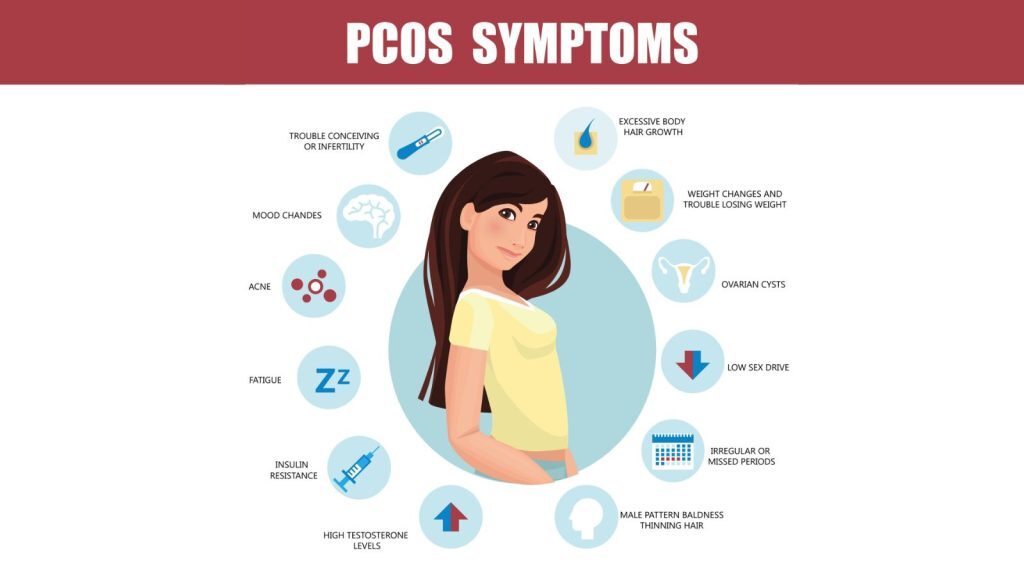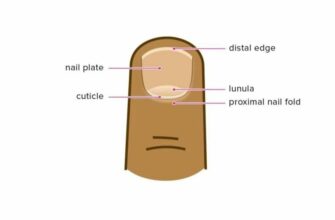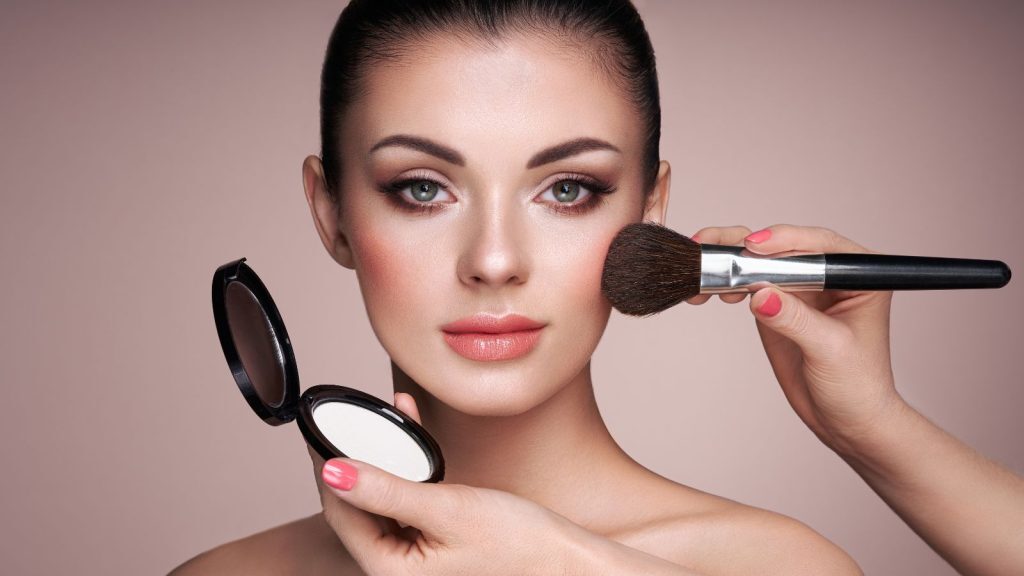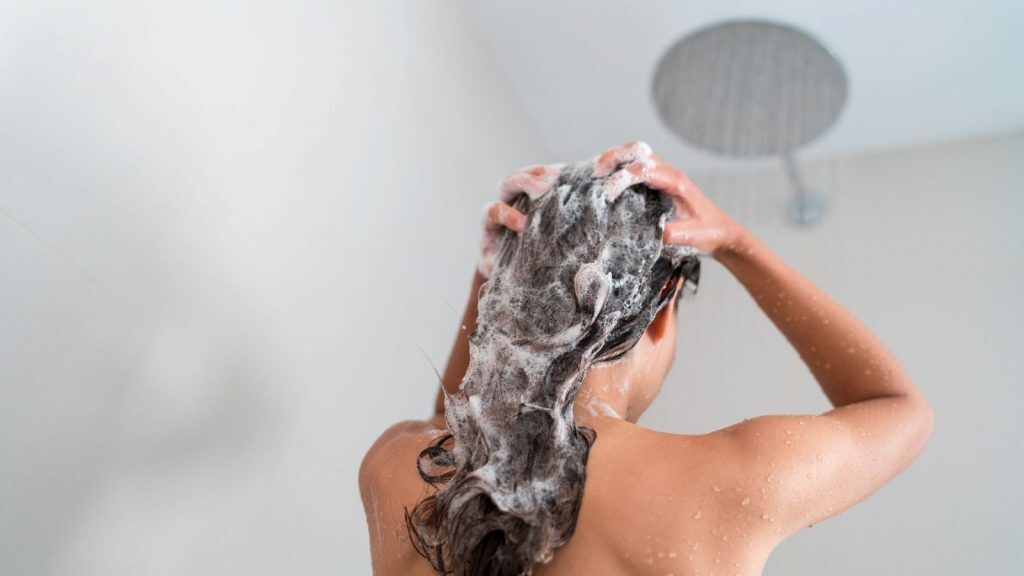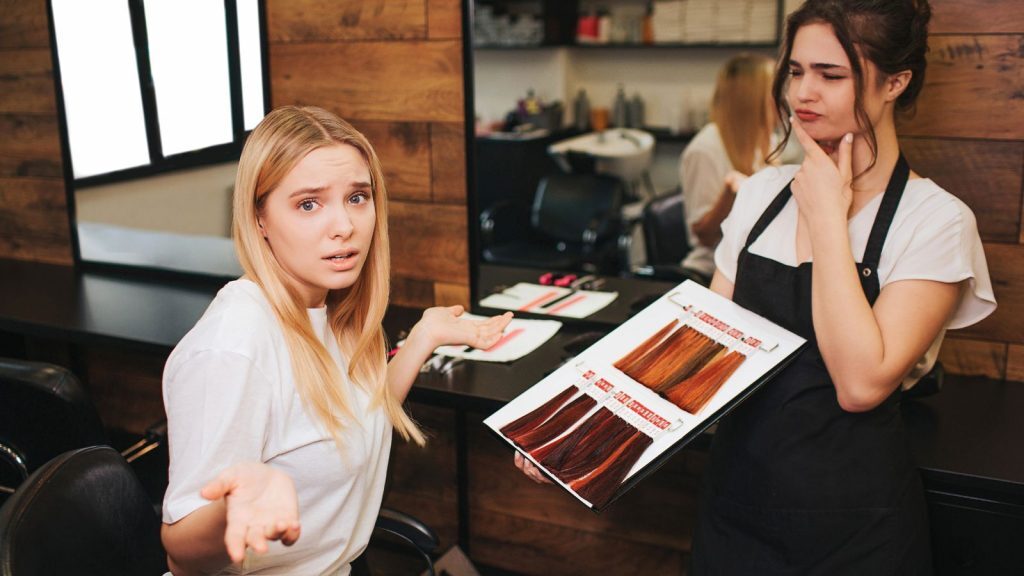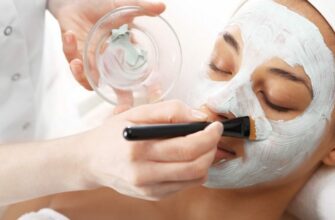Do you struggle to find the foundation to give your skin that natural-looking, flawless finish? Do you want a product that will hide blemishes and even out your complexion without looking caked on or too heavy? Read on our review of Concealer Vs Foundation to get started.
Most of us spend hours searching for the ideal combination of products in our makeup bags. There are two great foundations for perfect skin: concealer and foundation. In this blog post, we’ll discuss both options so that you can choose which one works best for you!
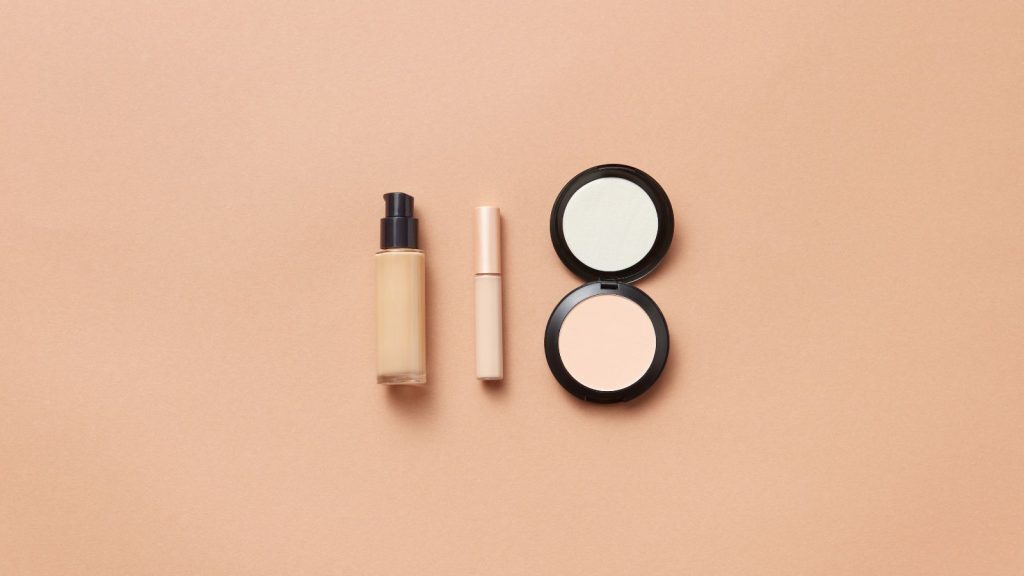
Concealer and foundation are used for similar purposes, but understanding their differences is essential when trying to create a flawless complexion. Concealer offers more coverage than foundation and can hide imperfections like blemishes, zits, and uneven skin tones.
Foundation provides an overall layer of coverage for the face but is less effective at hiding individual details than a concealer. Concealers can be used on areas that need extra attention after a light foundation application, so finding the perfect combination takes practice and patience.
Concealer should always be applied after your foundation to ensure that it sets correctly – only then will you achieve a balanced complexion!
- Concealer can help to cover up blemishes, dark circles, and other imperfections.
- Concealer can help to even out your skin tone.
- Concealer can make your skin look brighter and more awake.
- Concealer can help to camouflage acne scars.
- Concealer can help to reduce the appearance of fine lines and wrinkles.
- Concealer can be used as an eyeshadow primer.
- Concealer can be used to contour your face.
- Concealer can be used to highlight your face.
- Concealer is a versatile product that can be used in many different ways.
- Concealer is an essential part of any makeup routine.
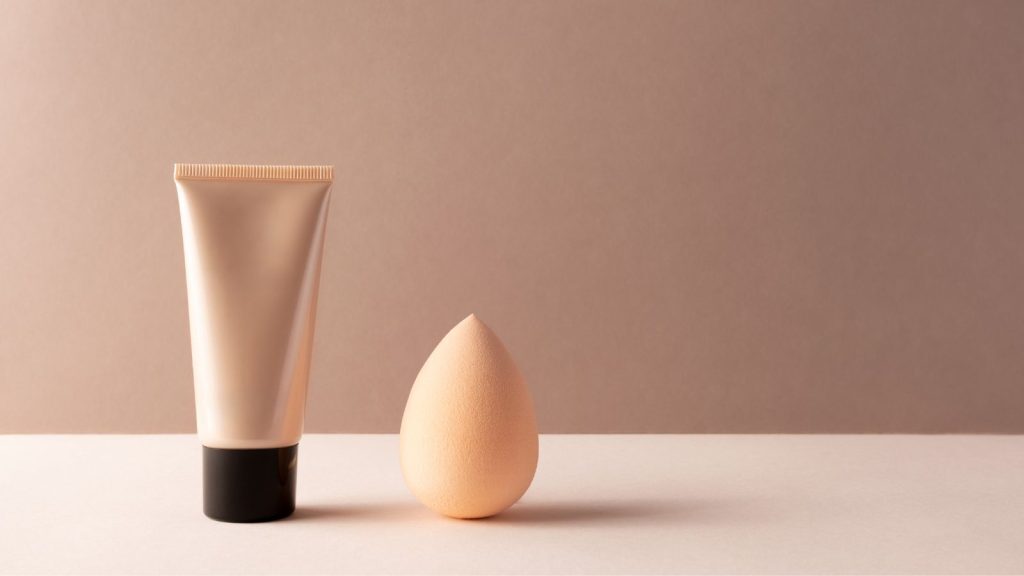
When you use foundation, your makeup will look more natural than if you don’t use it. It is because foundation evens out your skin tone and covers up any blemishes, making your skin look smooth and flawless.
In addition to making your makeup look more natural, the foundation also helps to hide any imperfections on your skin. If you have acne, dark spots, or other blemishes, the foundation will help to cover them up so that you can feel confident and beautiful.
Another benefit of using foundation is that it makes your makeup last longer. It is because foundation provides a barrier between your skin and makeup, preventing the makeup from seeping into your pores and causing breakouts.
Additionally, the foundation helps absorb excess oil, keeping your face fresh all day long.
Many foundations now contain SPF protection, an added bonus for your skin. By wearing an SPF-protected foundation, you’ll be able to protect your skin from the sun’s harmful rays, keeping it looking young and healthy for years to come.
Foundation comes in a variety of different formulas, so you can choose the one that’s right for your skin type. If you have oily skin, there are foundations specifically designed for that; if you have dry skin, there are also foundations made just for you.
No matter your skin type, there’s a foundation out there that’s perfect for you.
Another great thing about foundation is that it can be worn alone or under makeup. If you want light coverage for everyday wear, you can apply some foundation and be on your way.
Or, if you’re going for a full-glam look, you can wear foundation under your favorite makeup products to create a flawless finish.
Foundation also comes in various shades so that you can find the perfect match for your skin tone. Whether you’re fair-skinned or dark-skinned, there’s a foundation shade out there that will blend perfectly with your natural complexion.
The foundation can be applied with a brush or sponge; whichever method you prefer is completely up to you. If you want light coverage, applying foundation with a brush is the best way; if you’re looking for full coverage, however, using a sponge will give you better results.
Experiment with both methods and see which one works better for you.

The first step in choosing the right shade for your skin tone is to determine your skin tone. There are three main skin tones: cool, warm, and neutral.
You can determine your skin tone by looking at the veins in your wrist; if they appear green, you have a warm skin tone; if they appear blue, you have a cool skin tone; and if they appear a mix of both, you have a neutral skin tone.
Once you know your skin tone, you can choose a foundation matching it. If you have a cool skin tone, look for foundations with pink or blue undertones; if you have a warm skin tone, look for foundations with yellow or golden undertones; and if you have a neutral skin tone, look for foundations with beige undertones.
In addition to the foundation, your undertone should also be considered when choosing other makeup products such as concealer, powder, blush, and eye shadow. For example, if you have a cool undertone, you should avoid using bronzer as it can make you look washed out.
When choosing a sunscreen, it is important to consider your skin type and your undertone. If you have a cool undertone, look for sunscreens with titanium dioxide or zinc oxide, as these will help to reflect the sun’s rays away from your face.
If you have a warm undertone, look for sunscreens with avobenzone or Mexoryl SX, as these will help to absorb the sun’s rays without making your face look too orange.
- Start with a clean, moisturized face.
- Apply concealer to areas that need coverage, such as under-eye circles, blemishes, or redness.
- Use a foundation brush or beauty blender to apply the foundation evenly over the entire face.
- If you need more coverage, apply a second layer of foundation.
- Set your makeup with a translucent powder to help it last all day long.
- Apply blush to the apples of your cheeks for a natural-looking flush of color.
- Use a highlighter on your cheekbones, brow bones, and cupid’s bow for a glowing complexion.
- Define your eyebrows with an eyebrow pencil or powder.
- Apply mascara to your lashes for a finishing touch.
- Set your makeup with a setting spray to help it last all day.
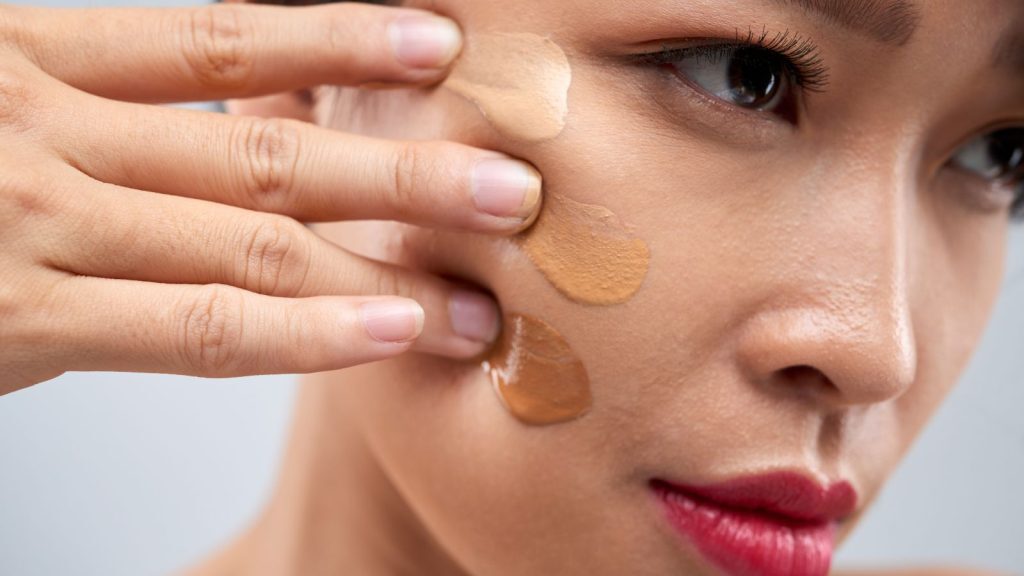
One of the most common mistakes people make when applying makeup is not washing their face first. Your face should be clean before you apply any makeup products.
Otherwise, they can end up clogging your pores and causing breakouts. Use a gentle cleanser, and make sure to rinse all of the product before proceeding to the next step.
Another common mistake is skipping the primer step. Primer creates a smooth canvas for your foundation and helps it to stay in place throughout the day. Without primer, your foundation is more likely to crease and wear off as the day progresses.
When it comes to foundation, less is more. Applying too much foundation can give you a cakey look that is very unflattering. Start with a small amount of foundation and build up as needed until you achieve the desired coverage.
Once you have applied your foundation, it is important to blend it well so that there are no visible lines or streaks. Use a damp beauty sponge or brush to blend the foundation into your skin until it looks natural and seamless.
Concealer should always be applied after foundation, not before. If you apply concealer before foundation, it will be easier to blend out and will end up looking patchy. Apply concealer only to the areas that need it and blend well for best results.
It is also important to use the correct shade of concealer for your skin tone. If your concealer is too light or too dark, it will look obvious and do more harm than good. Test out different shades until you find one that perfectly matches your skin tone.
Once you have finished applying your makeup, it is important to set it with powder or spray, so it lasts all day long. Otherwise, your makeup is more likely to crease and wear off throughout the day. Use a translucent powder or setting spray to keep your makeup in place all day.

